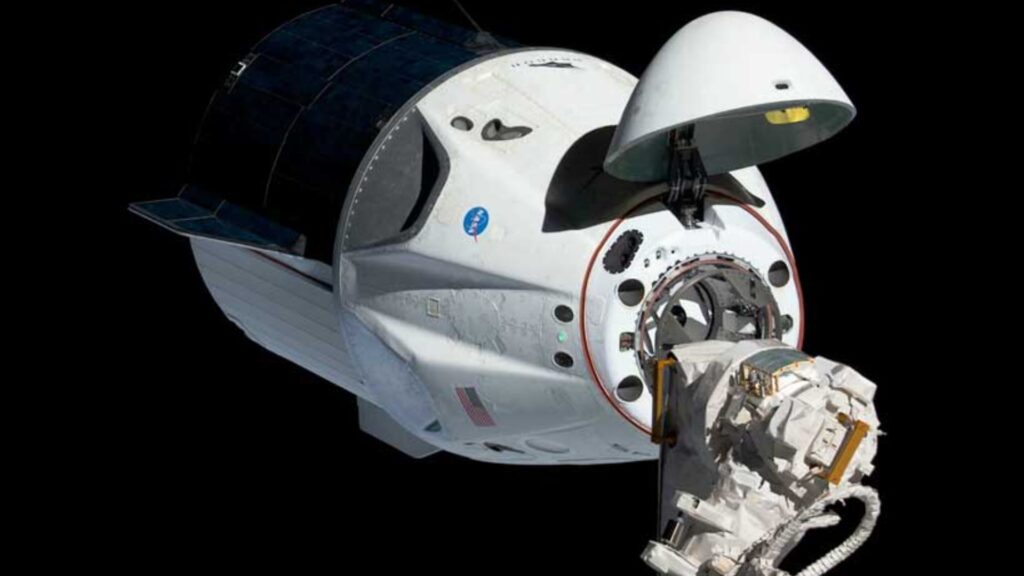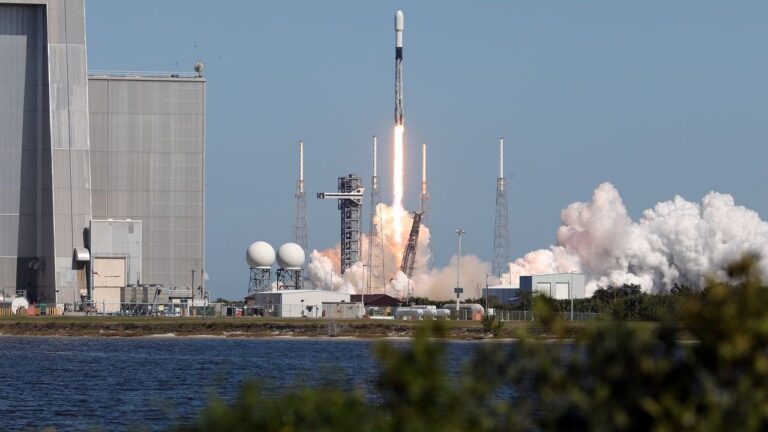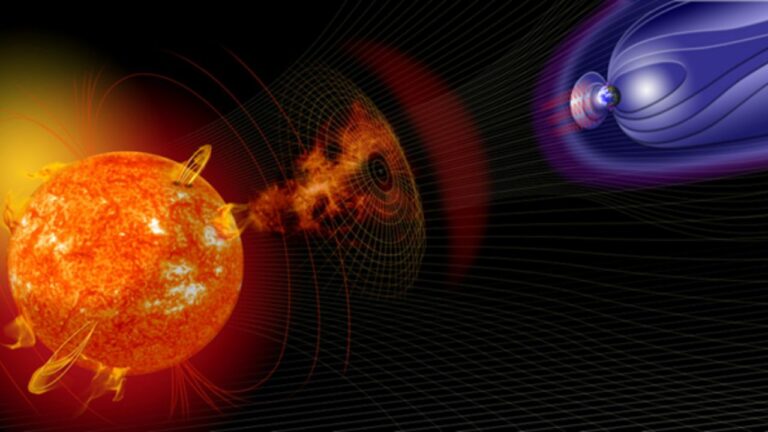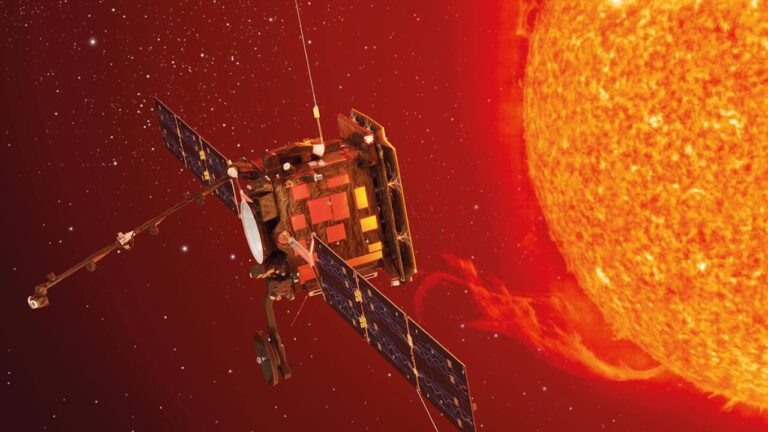
SpaceX successfully launched its Dragon spacecraft on the SpX-32 cargo mission to the International Space Station (ISS) early Monday morning, prioritizing crew supplies over scientific research in response to recent logistical setbacks.
Lifting off at 4:15 a.m. Eastern from Launch Complex 39A at NASA’s Kennedy Space Center, the Falcon 9 rocket deployed the Dragon capsule into low Earth orbit roughly 10 minutes later. The spacecraft is expected to dock with the ISS around 8:20 a.m. Eastern on April 22.
Dragon is delivering a total of 3,021 kilograms of cargo, with crew necessities making up the bulk of the shipment. NASA allocated 1,468 kilograms for crew supplies—substantially more than recent missions. For comparison, SpX-31 carried 961 kilograms of supplies in November, while SpX-30 transported just 545 kilograms in March 2024.
This increase in provisions stems from NASA’s decision to shift priorities following the cancellation of the NG-22 Cygnus cargo mission, originally scheduled for June. That mission was scrapped after its pressurized cargo module was found to be damaged during transport. To compensate, NASA added extra food and essentials to SpX-32 to ensure the station remains well-stocked.
However, the added supplies meant cutting back on science payloads. SpX-32 is transporting only 255 kilograms of scientific materials, a sharp drop from the 1,135 kilograms aboard SpX-30 and 917 kilograms on SpX-31. According to NASA, 14 science investigations were removed from the SpX-32 manifest. These experiments will be rescheduled for future missions, including potential inclusion on the Crew-11 flight planned for this summer.
Despite the cuts, over 30 science experiments are still on board, including studies on plant growth, air quality monitoring, and pharmaceutical development. Additionally, the spacecraft’s unpressurized cargo includes 755 kilograms of equipment, such as the European Space Agency’s Atomic Clock Ensemble in Space (ACES) to test aspects of general relativity, and the Space Test Program – Houston 10 suite of experiments.
NASA officials reassured that the ISS currently has sufficient resources for its crew, including backup supplies in case of delays to future resupply missions. The next SpaceX cargo mission, SpX-33, is scheduled for late summer, while Northrop Grumman’s Cygnus NG-23 is expected to launch in mid-September.
Also on the horizon are the inaugural flights of new cargo vehicles, including Japan’s upgraded HTV-X and Sierra Space’s long-anticipated Dream Chaser, both slated to launch later this year. However, the timing of these missions remains fluid, largely depending on ISS docking availability.
“The traffic pattern is full,” said Zebulon Scoville, deputy manager of NASA’s ISS Transportation Integration Office, highlighting the complexity of coordinating multiple spacecraft to support ongoing operations aboard the orbiting laboratory.






